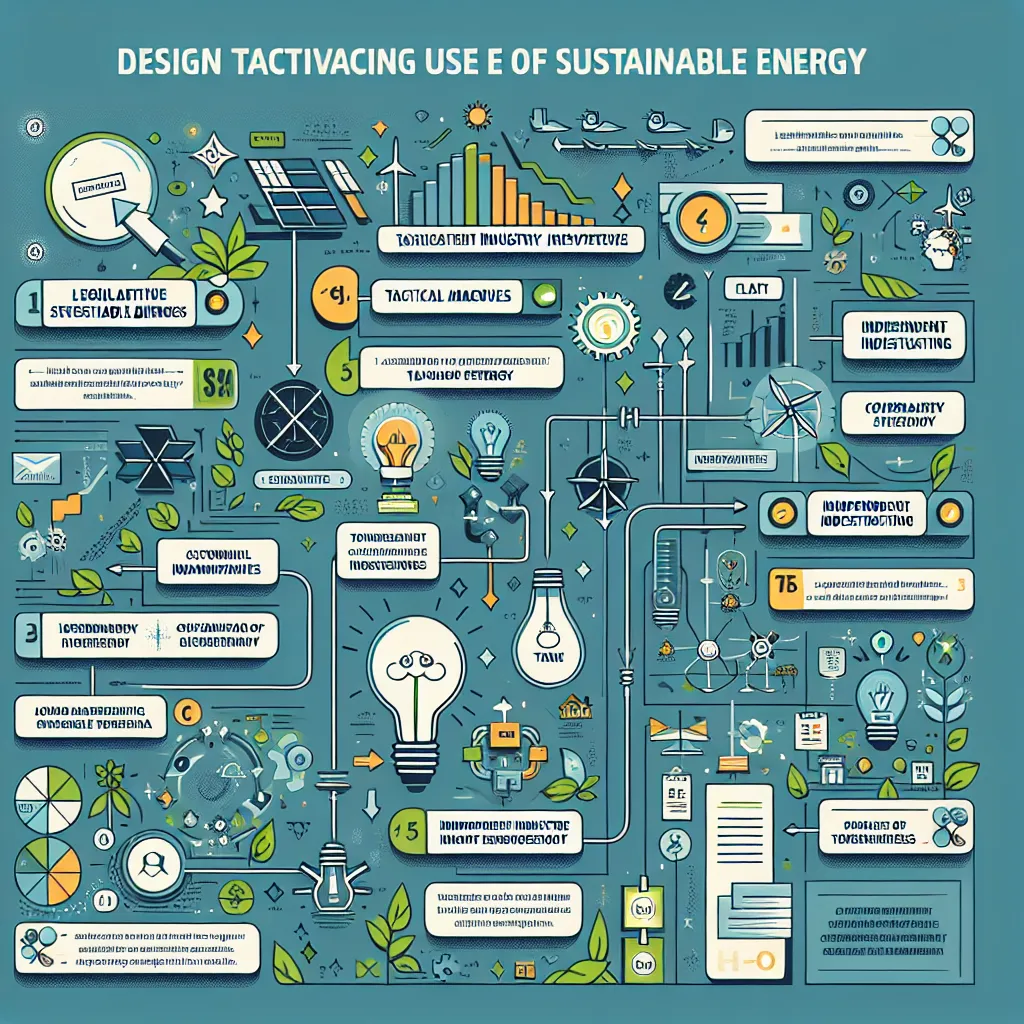The topic of promoting clean energy solutions has become increasingly relevant in IELTS Writing Task 2 essays. As environmental concerns grow globally, this subject is likely to appear more frequently in future exams. Let’s explore a sample question and provide model essays to help you prepare for this important topic.
Nội dung bài viết
Analyzing the Question
Some people believe that the best way to promote clean energy solutions is through government regulations and incentives. Others argue that private sector innovation and market forces are more effective. Discuss both views and give your own opinion.
This question presents two contrasting views on how to promote clean energy solutions:
- Government regulations and incentives
- Private sector innovation and market forces
The task requires you to:
- Discuss both perspectives
- Provide your own opinion
Sample Essay 1 (Band 8-9)
In the face of growing environmental concerns, there is ongoing debate about the most effective approach to promoting clean energy solutions. While some advocate for government-led initiatives, others believe in the power of private sector innovation. This essay will examine both viewpoints before presenting my own perspective on this critical issue.
Proponents of government intervention argue that regulations and incentives are essential for driving the adoption of clean energy. They contend that without strict guidelines and financial support, many businesses and individuals would be reluctant to invest in sustainable technologies. For instance, tax breaks for solar panel installation or mandatory emissions standards for vehicles have successfully encouraged cleaner energy use in many countries. Moreover, government funding for research and development can accelerate the progress of new clean energy technologies that may not be immediately profitable for private companies.
On the other hand, those who favor market-driven solutions assert that private sector innovation is more efficient and adaptable. They argue that competition among businesses naturally leads to technological advancements and cost reductions in clean energy. Tesla’s pioneering work in electric vehicles is often cited as an example of how private companies can revolutionize an industry and make sustainable options more attractive to consumers. Furthermore, market forces ensure that only the most viable and cost-effective solutions survive, potentially leading to faster widespread adoption.
In my opinion, a balanced approach combining both government intervention and private sector innovation is the most effective way to promote clean energy solutions. While government regulations can create a supportive framework and incentivize initial adoption, the creativity and efficiency of the private sector are crucial for long-term progress. For example, government-mandated renewable energy targets can be complemented by private companies developing more efficient solar panels or wind turbines. This synergy between public policy and private enterprise can accelerate the transition to clean energy while ensuring economic viability.
In conclusion, promoting clean energy solutions requires a multifaceted approach. By leveraging the strengths of both government regulations and market-driven innovation, we can create a more sustainable future while fostering economic growth and technological advancement.
(Word count: 329)
 Clean Energy Promotion Strategies
Clean Energy Promotion Strategies
Sample Essay 2 (Band 6-7)
The question of how to best promote clean energy solutions is a hot topic these days. Some people think the government should take the lead, while others believe private companies can do a better job. This essay will look at both sides and share my thoughts on the matter.
Those who support government action say that rules and incentives are needed to make clean energy more common. They think that without these, many people and businesses won’t switch to cleaner options. For example, giving tax breaks for using solar power or making car companies follow strict pollution rules has worked well in some places. Also, when the government gives money for research, it can help develop new clean energy technologies that companies might not work on otherwise.
On the other hand, people who prefer private sector solutions say that businesses are better at coming up with new ideas and making them cheaper. They point to companies like Tesla, which has made electric cars more popular, as an example of how private businesses can change things for the better. They also say that competition between companies leads to better and cheaper clean energy options, which more people can then afford to use.
I think that the best way to promote clean energy is to use both government and private sector approaches together. The government can make rules that encourage clean energy use, while private companies can work on making better and cheaper technologies. For instance, if the government sets goals for using more renewable energy, private companies can then compete to create the best solar panels or wind turbines to meet those goals.
In conclusion, promoting clean energy needs both government support and private sector innovation. By using the strengths of both, we can move towards cleaner energy sources more quickly and effectively.
(Word count: 298)
Key Points to Remember When Writing
-
Structure: Both essays follow a clear structure with an introduction, body paragraphs discussing each viewpoint, the writer’s opinion, and a conclusion. The Band 8-9 essay has more sophisticated paragraph transitions and a more nuanced argument.
-
Language: The Band 8-9 essay uses more advanced vocabulary and complex sentence structures, while the Band 6-7 essay uses simpler language but still conveys the main ideas effectively.
-
Examples: Both essays provide specific examples to support their arguments, but the Band 8-9 essay integrates them more seamlessly into the text.
-
Opinion: Both essays clearly state the writer’s opinion, but the Band 8-9 essay provides a more detailed explanation of the balanced approach.
-
Coherence: The Band 8-9 essay demonstrates stronger coherence with more effective use of linking words and phrases.
Important Vocabulary to Remember
- Clean energy solutions (noun phrase) – /kliːn ˈenədʒi səˈluːʃənz/ – Environmentally friendly ways of producing power
- Government regulations (noun phrase) – /ˈɡʌvənmənt reɡjʊˈleɪʃənz/ – Official rules made by authorities
- Incentives (noun) – /ɪnˈsentɪvz/ – Things that motivate or encourage people to do something
- Private sector (noun phrase) – /ˈpraɪvɪt ˈsektə/ – The part of a country’s economy run by individuals and companies, not the government
- Market forces (noun phrase) – /ˈmɑːkɪt fɔːsɪz/ – Economic factors that affect the price and availability of goods and services
- Sustainable technologies (noun phrase) – /səˈsteɪnəbəl tekˈnɒlədʒiz/ – Technologies that can be maintained without depleting natural resources
- Emissions standards (noun phrase) – /ɪˈmɪʃən ˈstændədz/ – Rules that set limits on the amount of pollutants that can be released into the environment
- Renewable energy targets (noun phrase) – /rɪˈnjuːəbəl ˈenədʒi ˈtɑːɡɪts/ – Goals set for increasing the use of energy from sources that are naturally replenished
Conclusion
Writing about promoting clean energy solutions requires a good understanding of both environmental issues and economic factors. Practice writing essays on this topic, considering different aspects such as technological innovation, policy-making, and consumer behavior. You might encounter variations of this question, such as focusing on specific clean energy technologies or discussing the role of international cooperation in promoting sustainable energy.
To further improve your writing skills, try composing your own essay based on the question provided in this article. Share your essay in the comments section for feedback and discussion with other learners. This active practice will help you develop the skills needed to excel in the IELTS Writing Task 2.
For more information on related topics, you might find these articles helpful:


